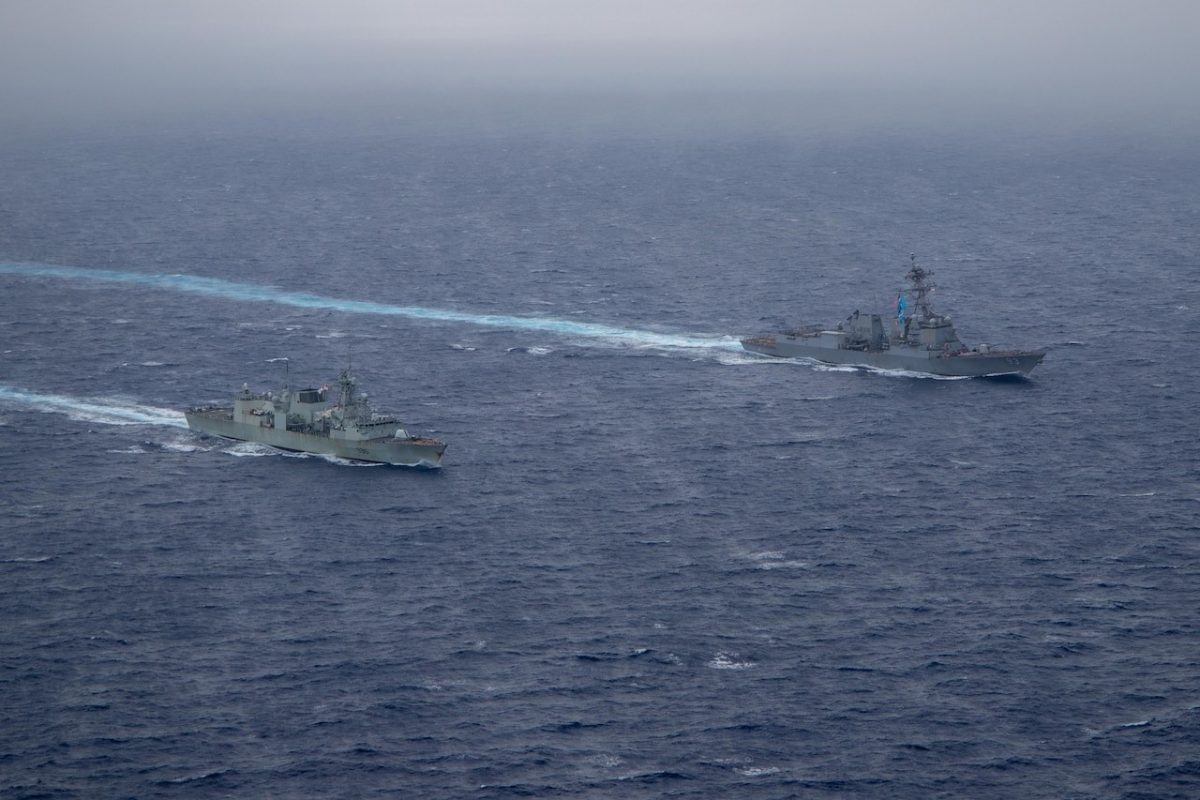China has taken almost every step necessary in preparation for near-term armed conflict with the United States. Measures include significant increases in surveillance of American facilities at home and abroad, testing the responses of U.S. naval and Air Force ships and planes, moving closer to coordinated efforts with Russia, preparations to cut key communications facilities, and practicing bomb runs against a vital Pacific base. All those comes after Beijing’s 7.2% increase in defense spending, adding to a budget that has already doubled in recent years.
In one sense, conflict as already started. Chinese hackers have already conducted online attacks of both military and civilian infrastructure
The U.S. Indo-Pacific Command called these patterns of behavior a “grave threat to regional security. A Pentagon release emphasizes that “U.S. forces operating in international waterways or airspace are seeing an alarming increase in the number of risky aerial intercepts and confrontations at sea by Chinese aircraft and vessels.” Defense officials have said there have been “scores of dangerous incidents in the air and at sea over the past 18 months alone.”
Military Times notes that “China has practiced bombing runs targeting the U.S. territory of Guam, one of a host of activities making U.S. forces here consider Beijing the most worrisome potential threat in the Pacific, even as North Korea pursues a nuclear warhead. Beyond the well-publicized military build up on man-made islands in the South China Sea, China has built up its fleet of fighters to the extent that it operates a daily, aggressive campaign to contest airspace over the East China Sea, South China Sea and beyond.”
Xi Jinping and leading Chinese officials, reports Xinhua, called for a “fighting spirit” and urged the nation to be prepared for “worst-case and extreme scenarios, and be ready to withstand the major test of high winds, choppy waters, and even dangerous storms. More efforts must be made to modernize our national security system and capacity, and get prepared for actual combat and dealing with practical problems.”
Beijing has not been doing this alone. An air group consisting of RussianTu-95MS strategic missile carriers and Chinese H-6K strategic bombers carried out air patrols over the western part of the Pacific Ocean. The strategic bombers were joined by Russian Su-30SM and Su-35S fighter craft, as well as a Chinese Shenyang J-11B, which provided air cover for the larger planes. Moscow said the drill was part of plans to step up military engagement with Beijing.
Beijing’s efforts have not been restricted to the far end of the Pacific. In addition to its increased presence in the Bahamas, it has now entered into an agreement with Cuba to establish an intelligence gathering capability on the island nation in return for a large payment.
Rep. Mike Rogers (R-AL), Chairman of the House Armed Services Committee, recently told the Wall Street Journal that “China and Cuba have reached a secret agreement for China to establish an electronic eavesdropping facility on the island.China has flown surveillance over the United States, they have sent spies to U.S. bases, they are shipping deadly fentanyl components to cartels in Mexico who bring it across the border into American communities, they’re building a port in the Bahamas, and are now building a base in Cuba – just miles from U.S. military assets in Key West. “The Biden administration must take note that China’s military operations are not limited to the Indo-Pacific. China’s military is at our doorstep, in North America and throughout South America, and we cannot afford to ignore or overlook the threat. We must use every tool available to counter and deter China’s aggression.”
Photo: The USS Chung-Hoon sails alongside the Canadian frigate HMCS Montreal in the South China Sea during Exercise Noble Wolverine, May 30, 2023.China Sea (DoD)
